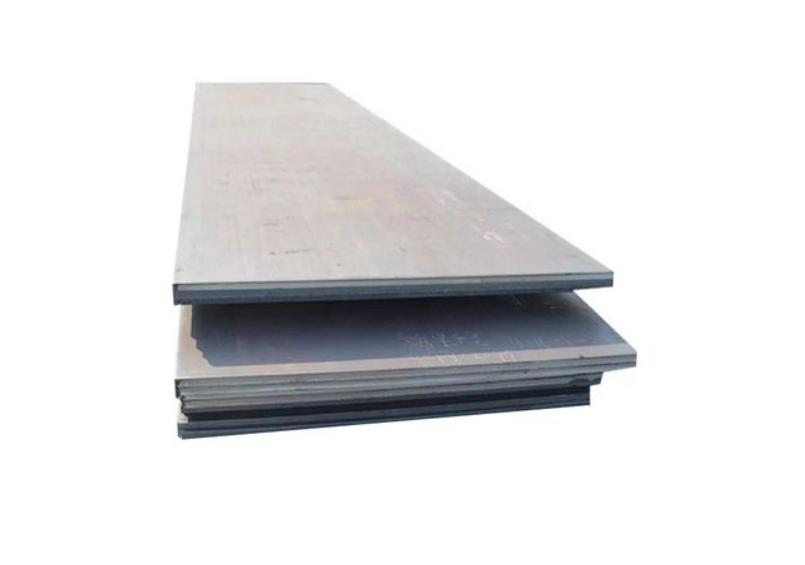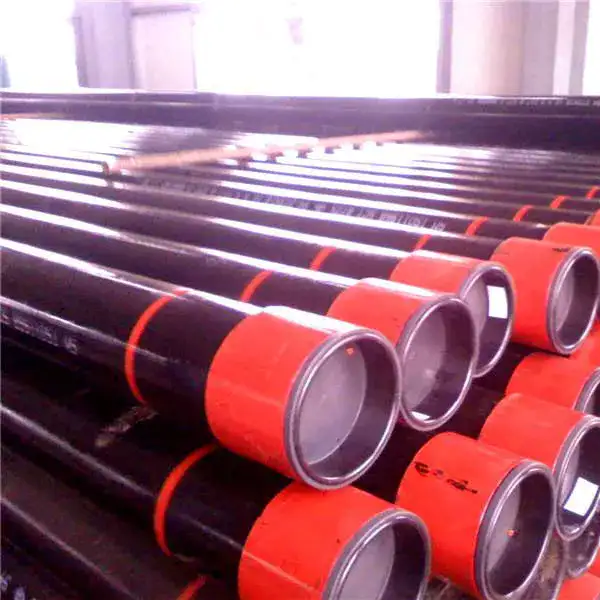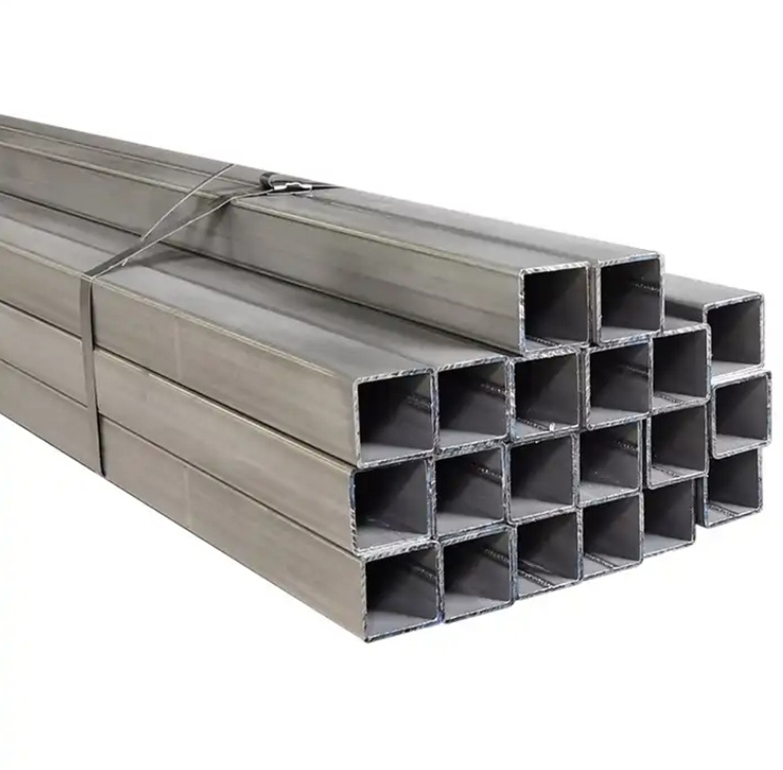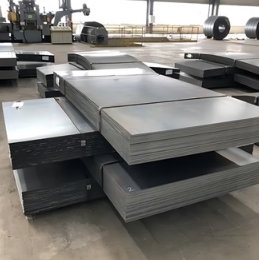Accurately calculating the weight of a carbon steel plate is essential for project planning, cost estimation, and ensuring structural integrity. This guide presents three straightforward formulas to help you determine the weight of carbon steel plates, whether you’re in construction, manufacturing, or metalworking.
Understanding Carbon Steel Plate Weight
Carbon steel plates are widely used due to their strength, durability, and affordability. The weight of a carbon steel plate depends on its dimensions and the density of the steel. Accurate weight calculations are crucial for logistics, structural analysis, and budgeting.

Formula 1: Metric Units (Millimeters and Kilograms)
Formula:
Weight (kg) = Length (mm) × Width (mm) × Thickness (mm) × 7.85 × 10^-6
Explanation:
-
This formula uses the density of carbon steel, approximately 7.85 g/cm³ or 7.85 × 10^-6 kg/mm³.
-
Ensure all dimensions are in millimeters for consistency.
Example:
A plate measuring 1000 mm × 500 mm × 10 mm:
Weight = 1000 × 500 × 10 × 7.85 × 10^-6 = 39.25 kg
Formula 2: Imperial Units (Inches and Pounds)
Formula:
Weight (lbs) = Length (in) × Width (in) × Thickness (in) × 0.284
Explanation:
-
The density of carbon steel is approximately 0.284 lb/in³.
-
All dimensions should be in inches.
Example:
A plate measuring 48 in × 24 in × 0.5 in:
Weight = 48 × 24 × 0.5 × 0.284 = 163.3 lbs
Formula 3: Area-Based Calculation
Formula:
Weight (kg) = Area (m²) × Thickness (m) × 7850
Explanation:
-
This method is useful when the area is known.
-
7850 kg/m³ is the density of carbon steel.
Example:
A plate with an area of 2 m² and thickness of 0.01 m:
Weight = 2 × 0.01 × 7850 = 157 kg
Step-by-Step Guide: Calculating Carbon Steel Plate Weight
-
Measure Dimensions: Obtain accurate measurements of length, width, and thickness.
-
Select Units: Decide between metric or imperial units based on your preference or regional standards.
-
Apply Appropriate Formula: Use one of the formulas above corresponding to your chosen units.
-
Calculate Volume: Multiply length × width × thickness to find the volume.
-
Multiply by Density: Multiply the volume by the density of carbon steel to find the weight.
⚠ Common Misconceptions
-
Assuming All Steel Has the Same Density: Different steel grades may have slightly varying densities.
-
Neglecting Unit Consistency: Mixing units (e.g., inches with millimeters) can lead to incorrect calculations.
-
Ignoring Plate Coatings: Additional coatings or treatments can add to the overall weight.
Real-World Application
In a recent project, I needed to transport several carbon steel plates for a construction job. By accurately calculating each plate’s weight using the metric formula, I ensured that the transport vehicle was not overloaded, adhering to safety regulations and avoiding potential fines.
Comparative Analysis: Manual Calculation vs. Online Calculators
| Aspect | Manual Calculation | Online Calculators |
|---|---|---|
| Accuracy | High (if done correctly) | High |
| Convenience | Requires manual input and calculation | Quick and user-friendly |
| Flexibility | Customizable for unique scenarios | Limited to predefined inputs |
| Learning Curve | Requires understanding of formulas | Minimal; user-friendly interfaces |
Conclusion
Accurately determining the weight of carbon steel plates is vital for various applications. Whether you prefer manual calculations or online tools, understanding the underlying formulas ensures precision and efficiency in your projects.
Practical Checklist for Carbon Steel Plate Weight Calculation
-
Measure Dimensions Accurately: Length, width, and thickness.
-
Choose Consistent Units: Metric or imperial.
-
Select Appropriate Formula: Based on units and available data.
-
Calculate Volume: Length × Width × Thickness.
-
Apply Density: Multiply volume by 7.85 g/cm³ or 0.284 lb/in³.
-
Double-Check Calculations: Ensure accuracy before proceeding.
For more detailed guidance and tools, consider using reputable online calculators or consulting with materials engineers to ensure precision in your weight calculations.








